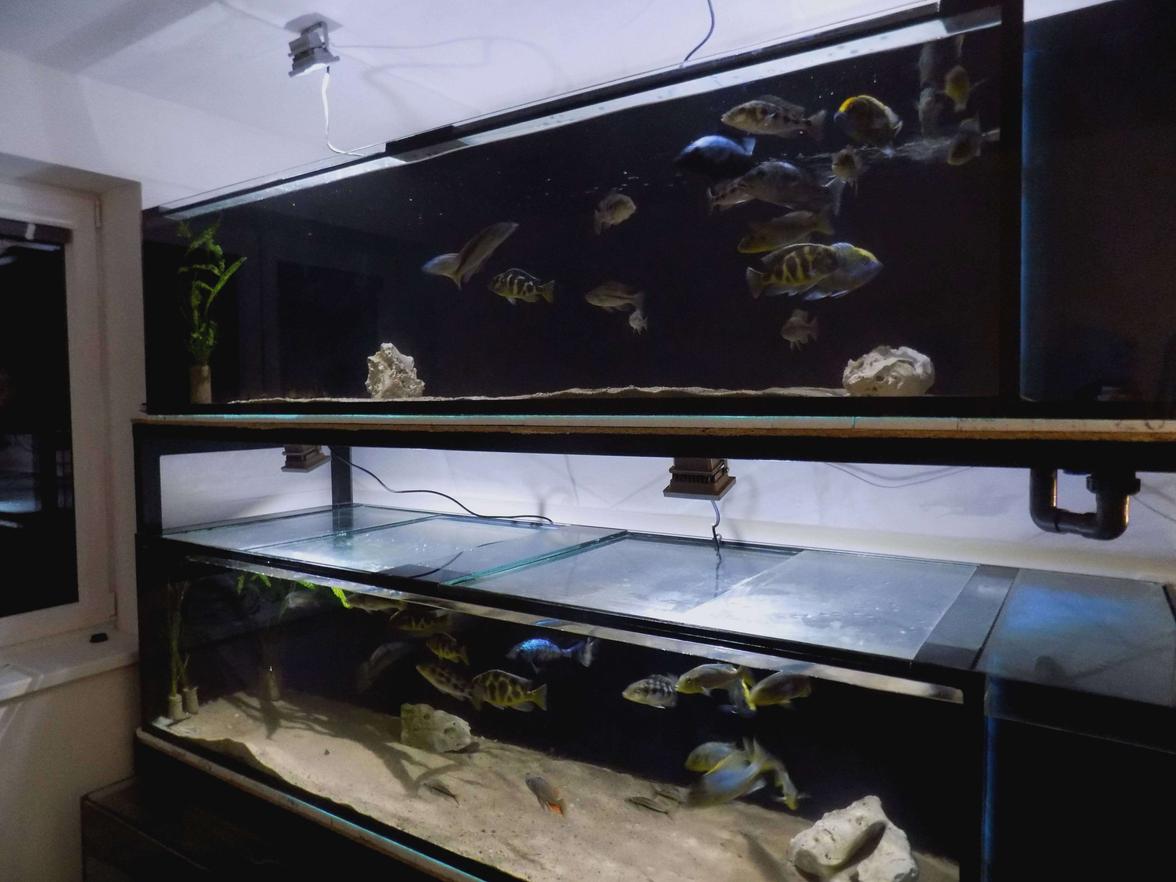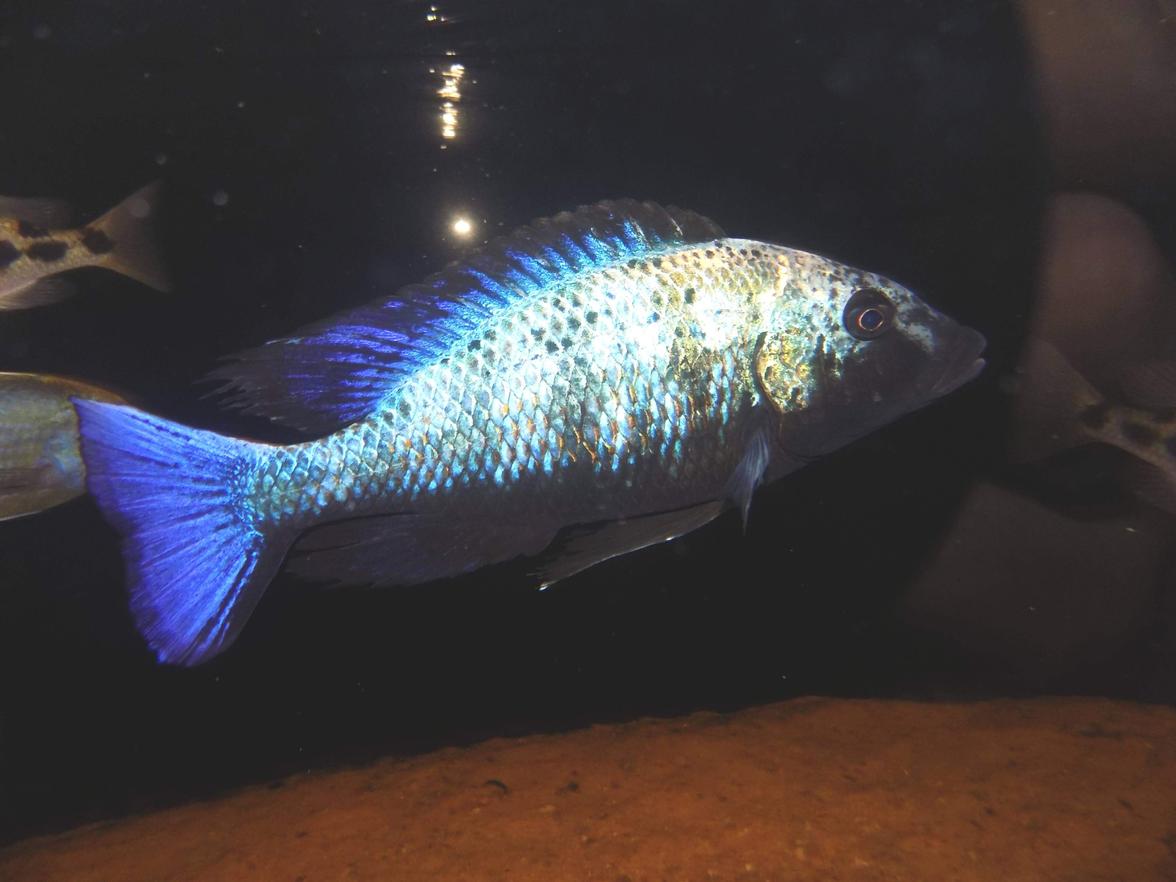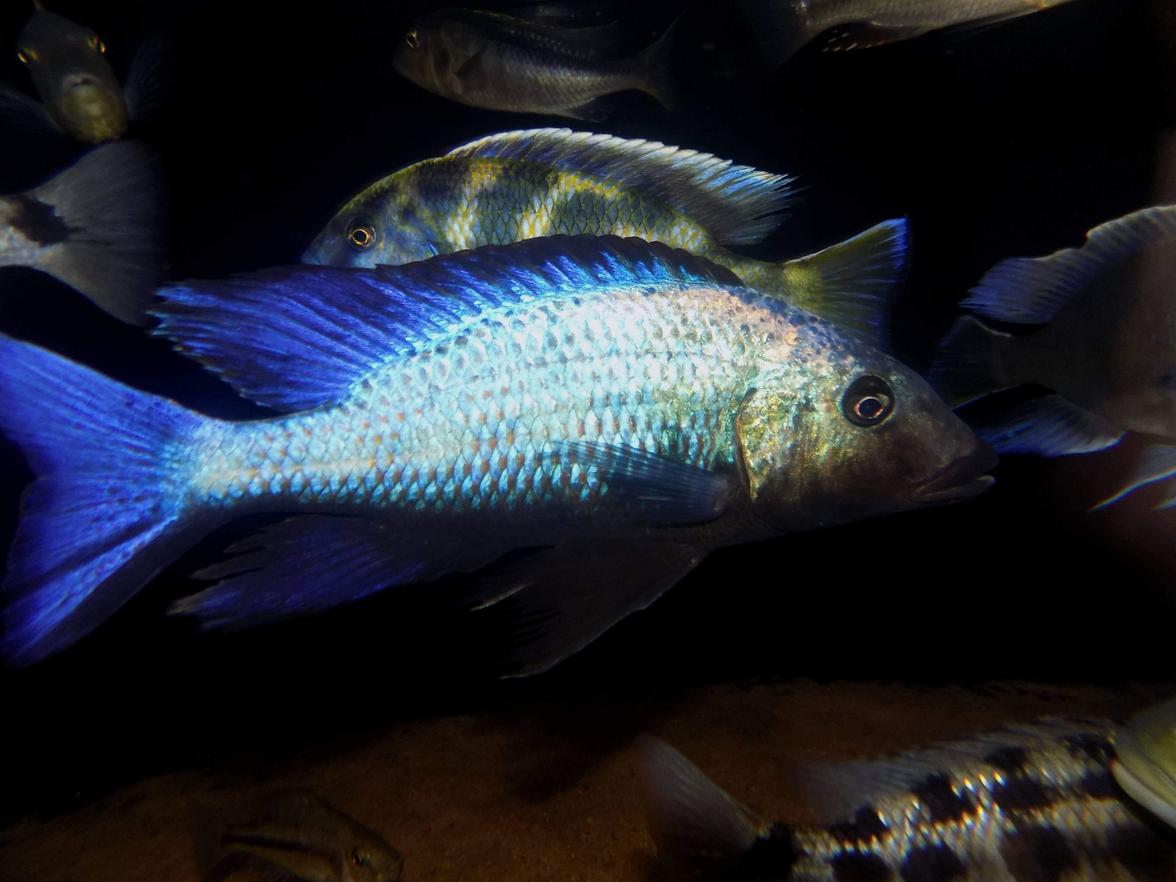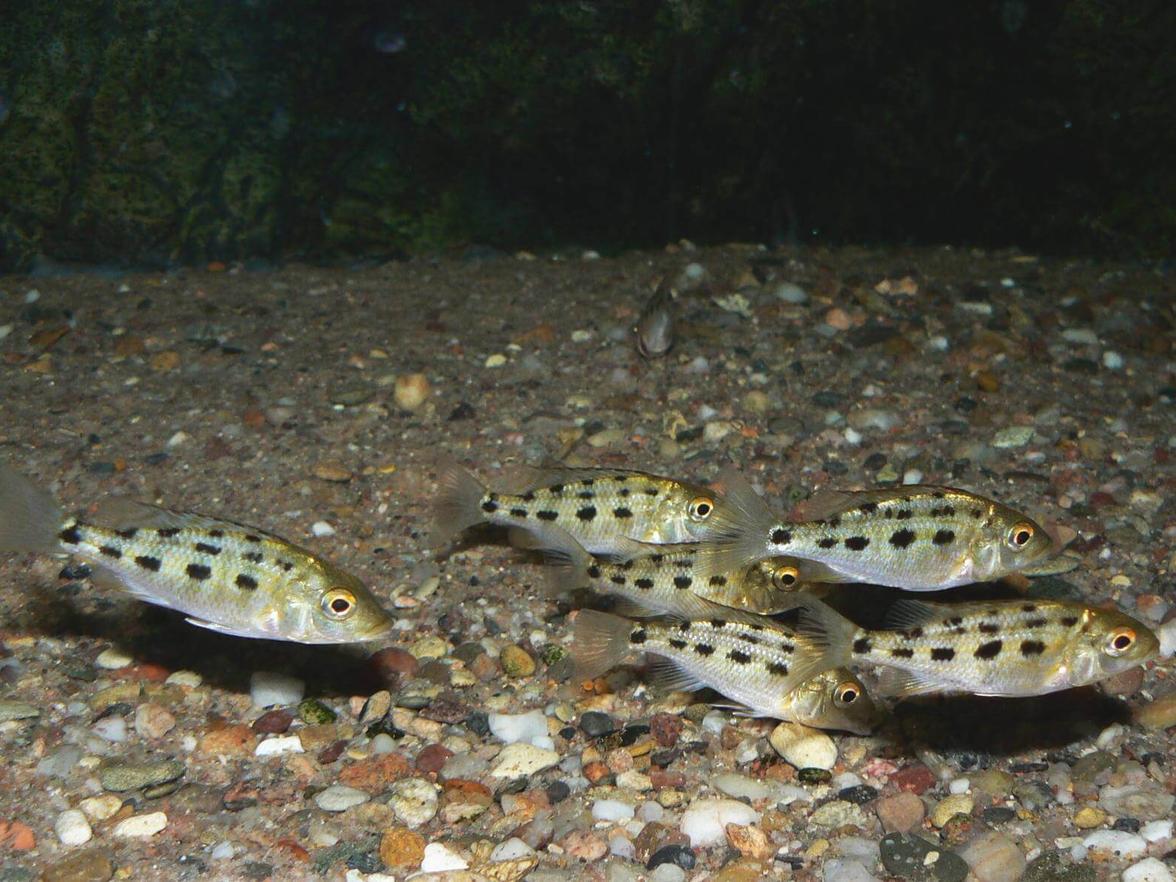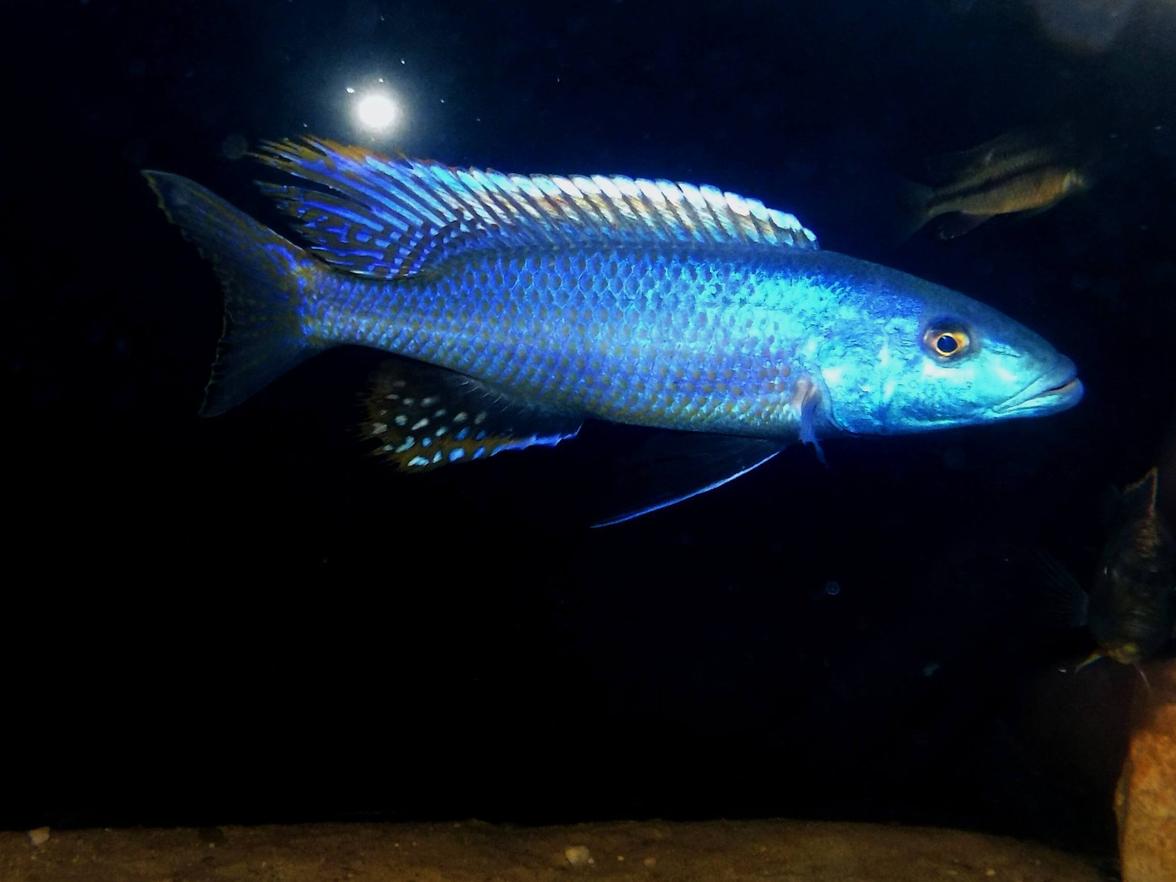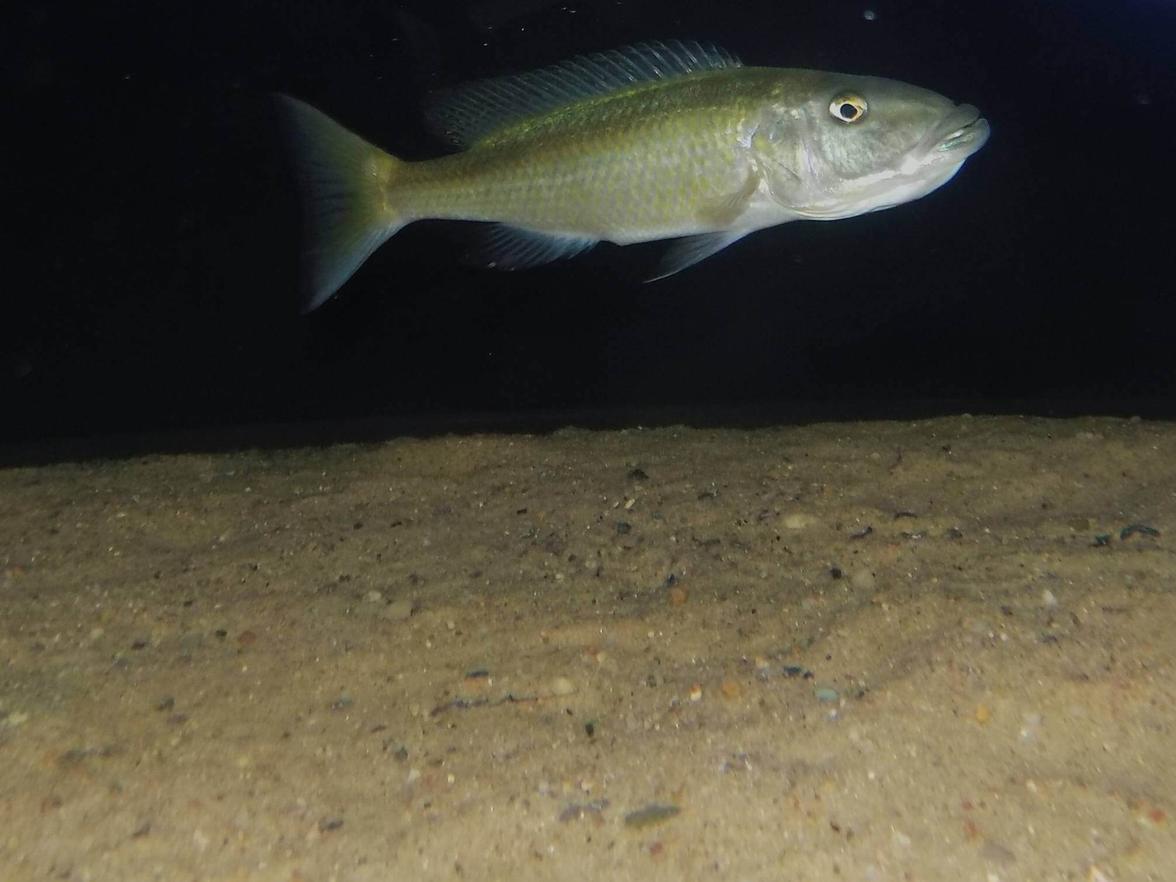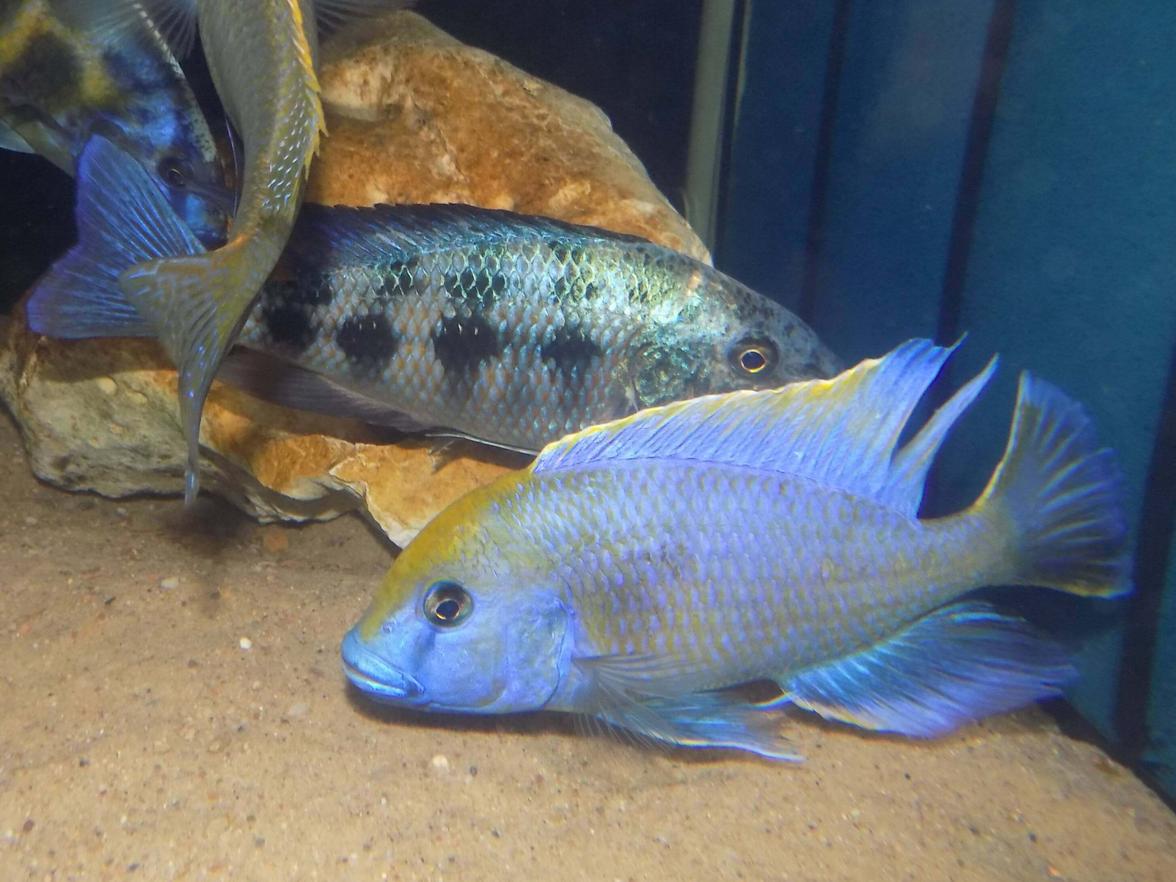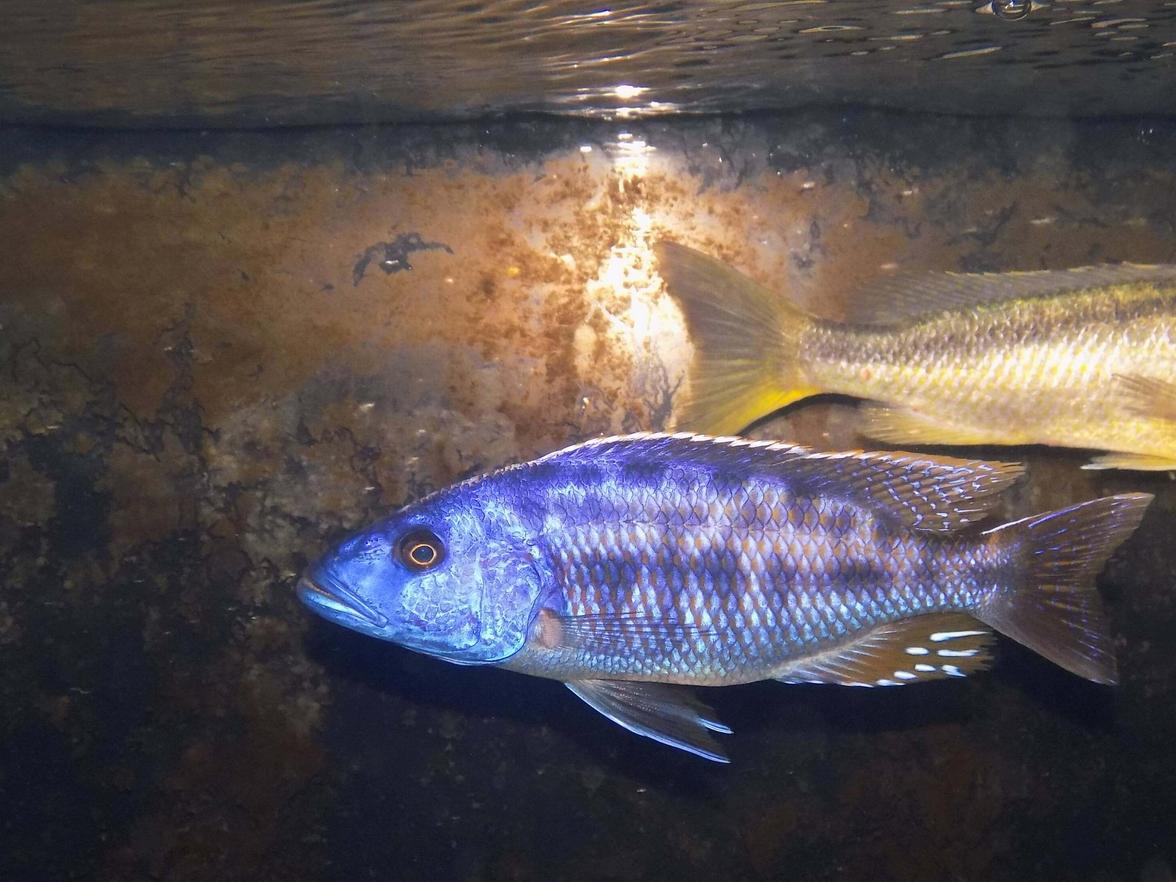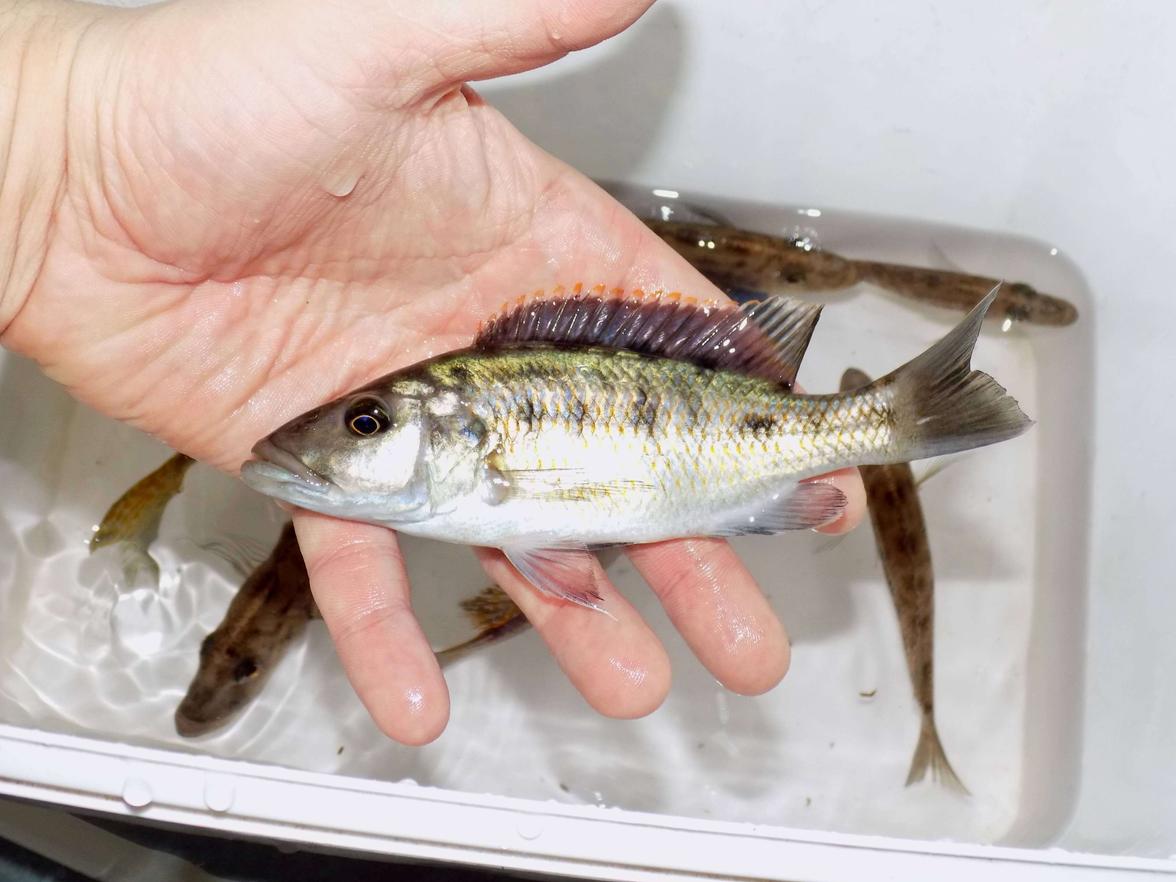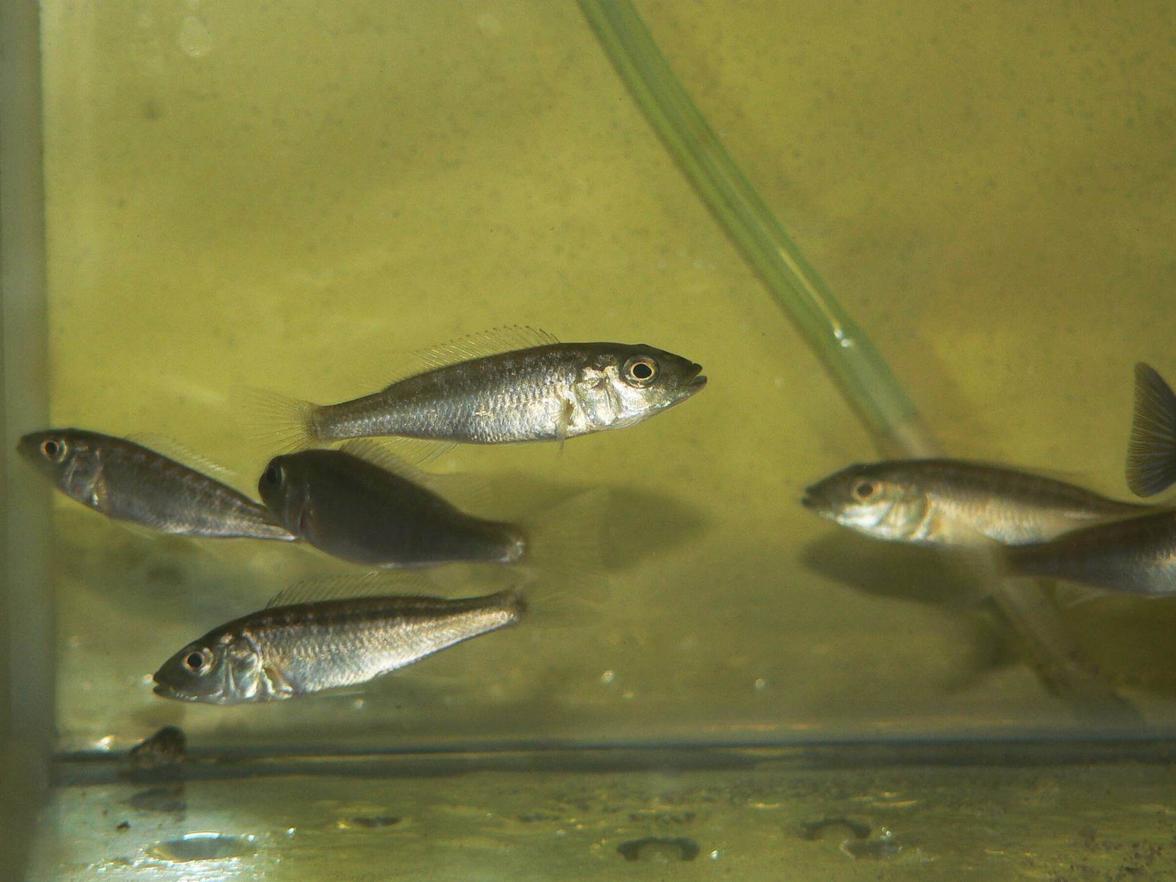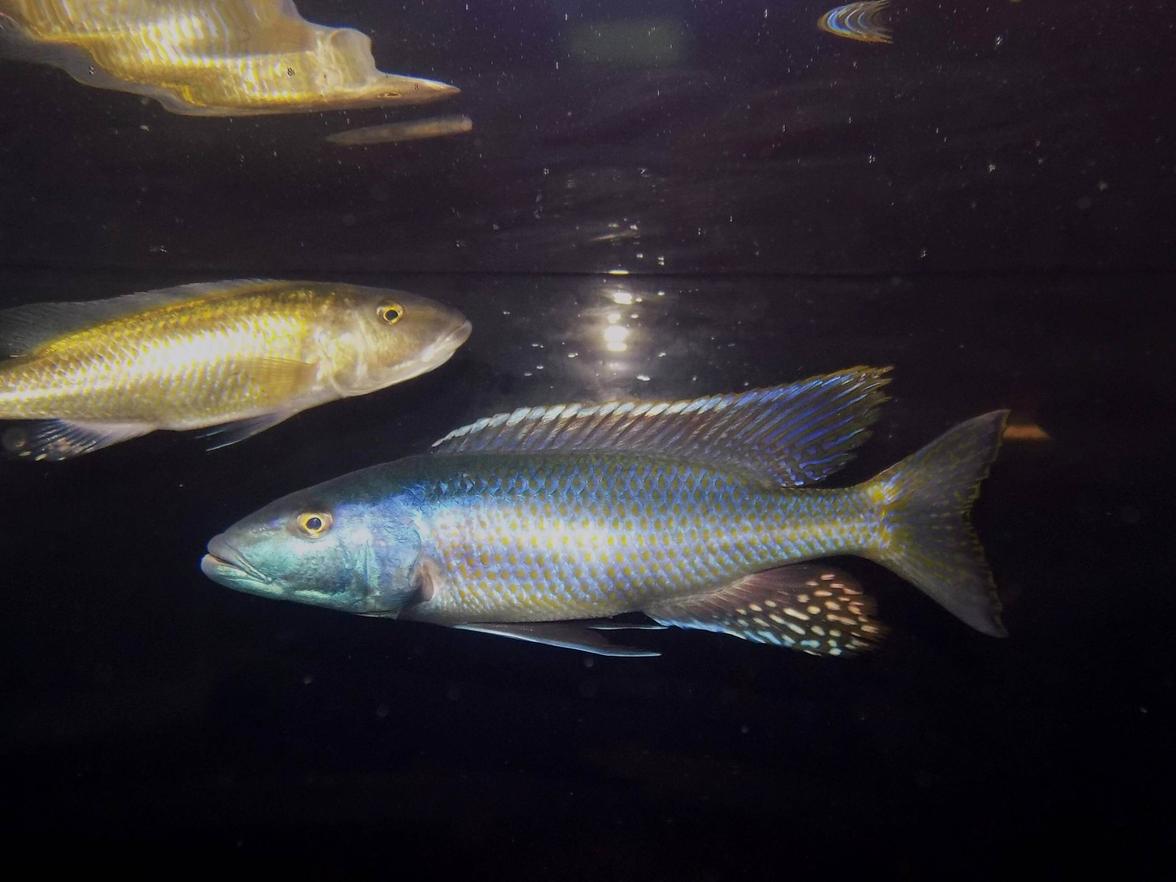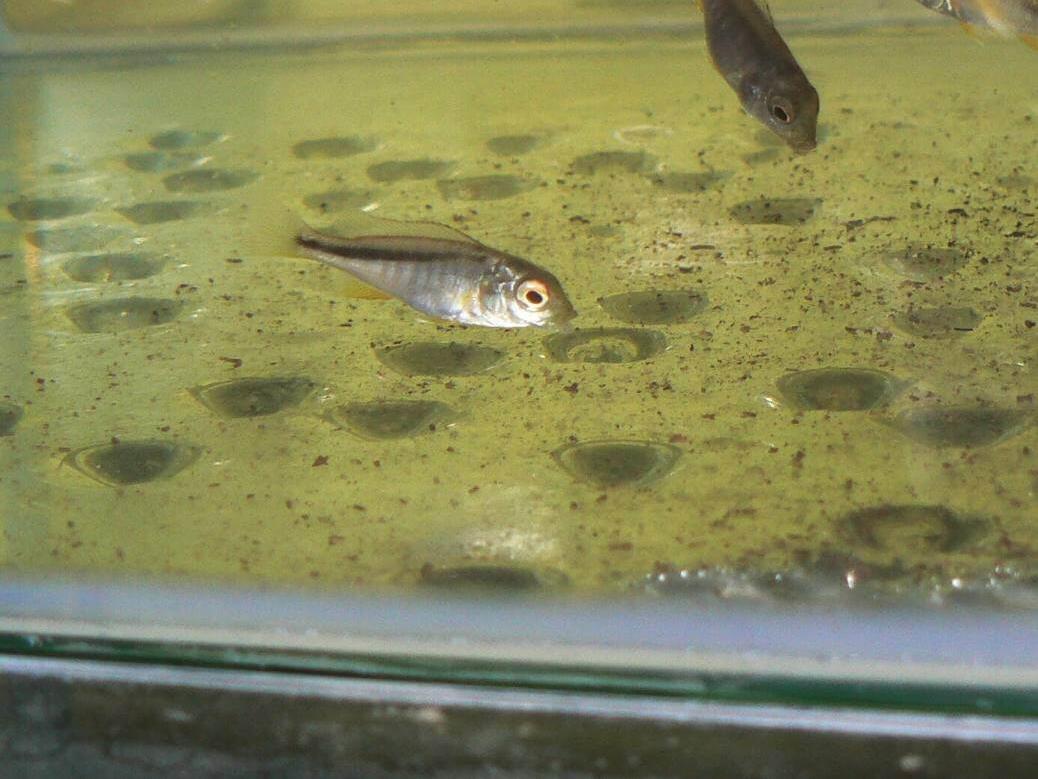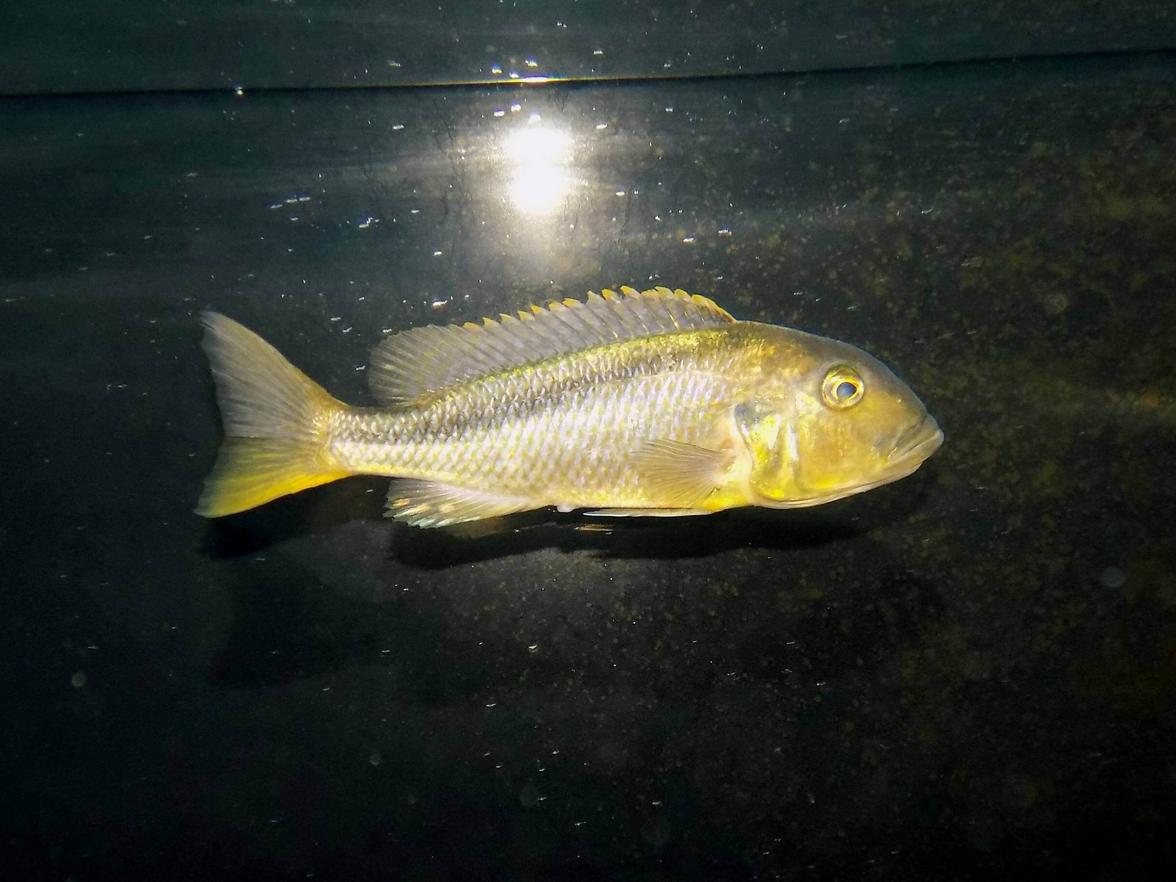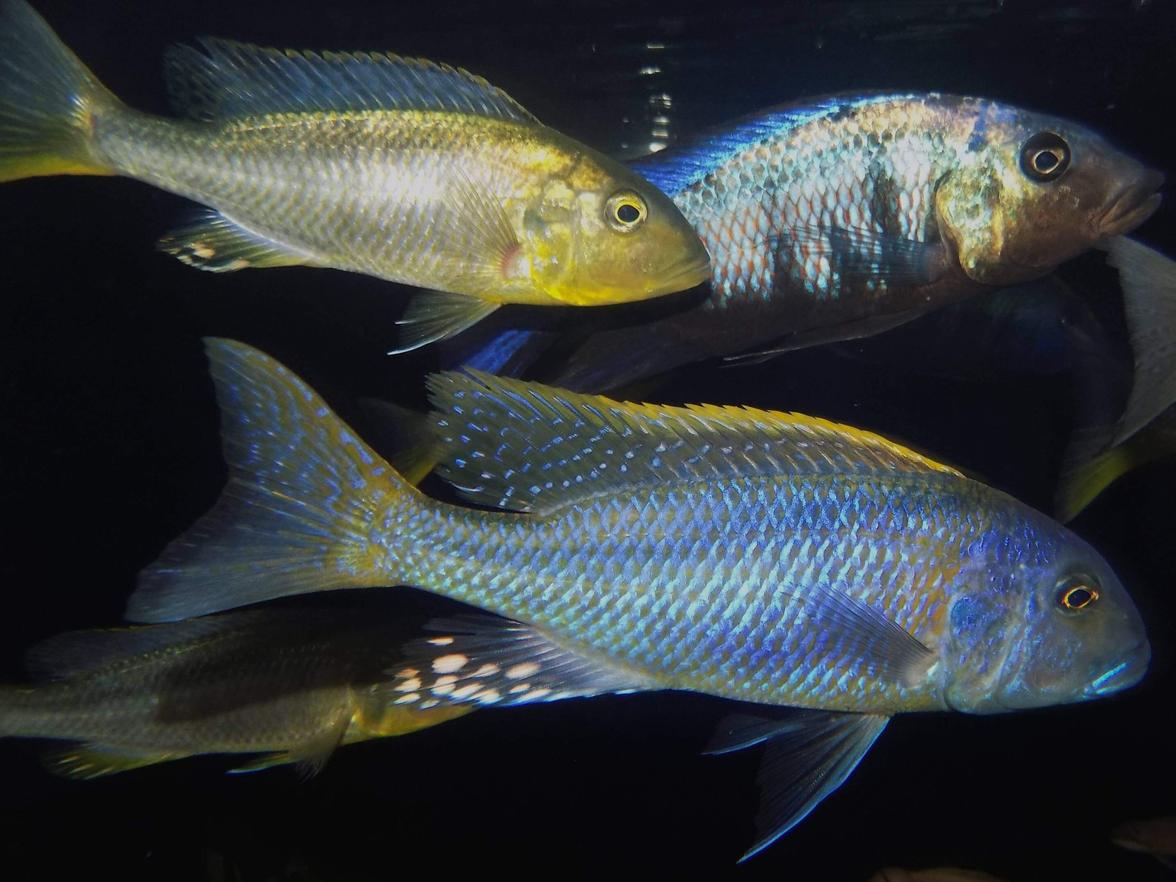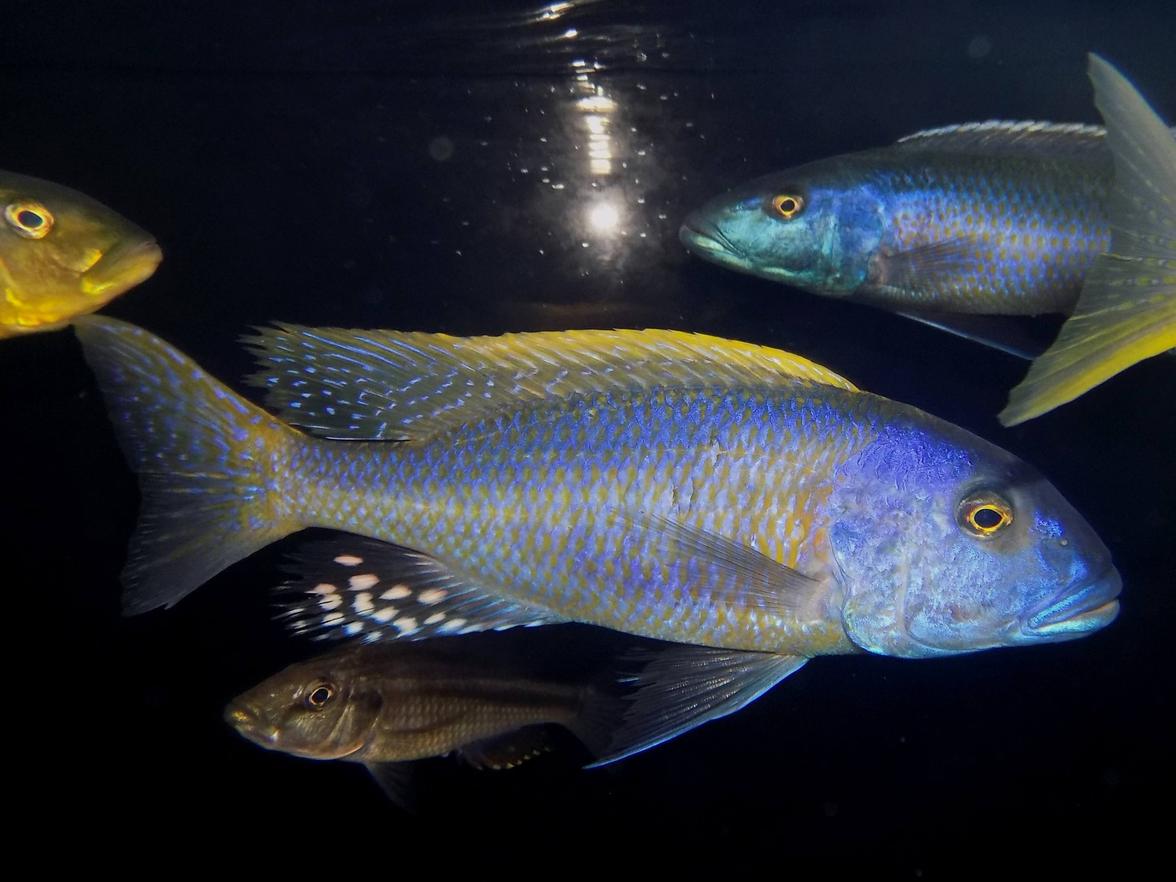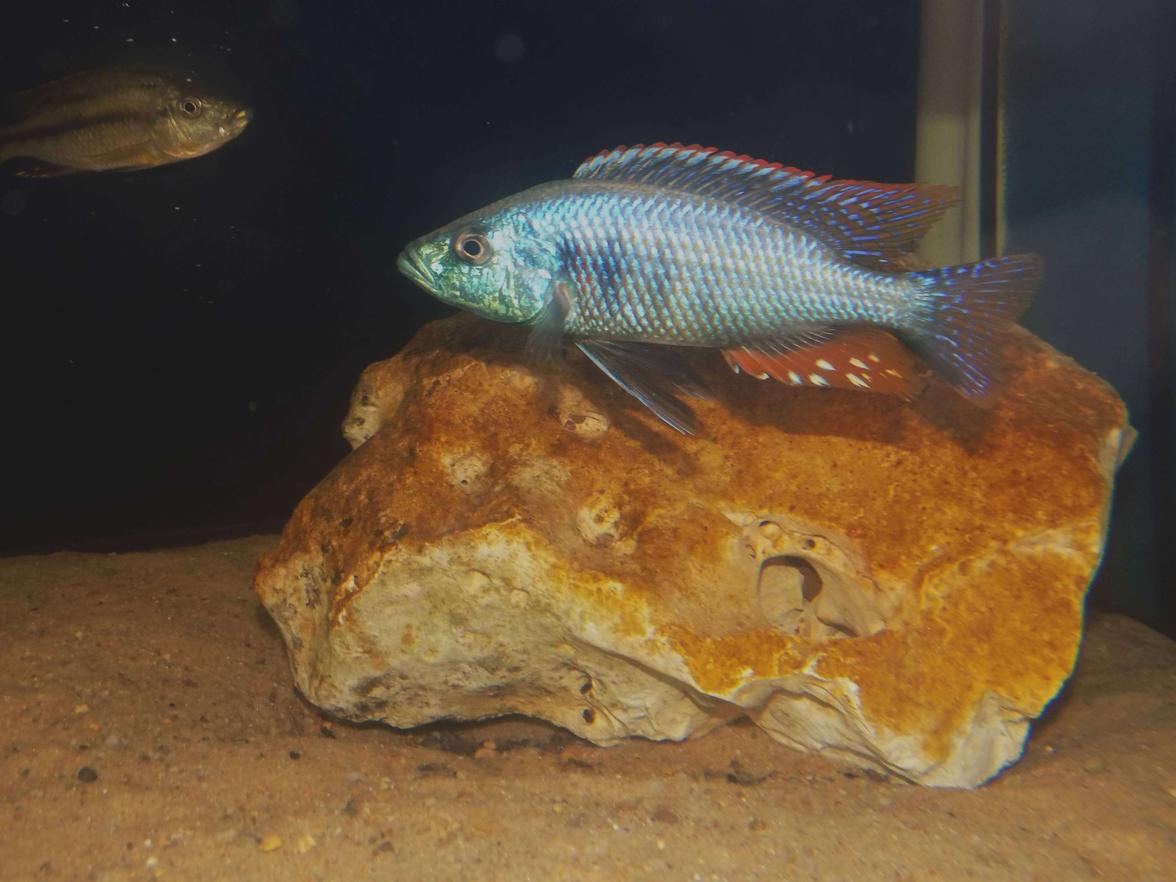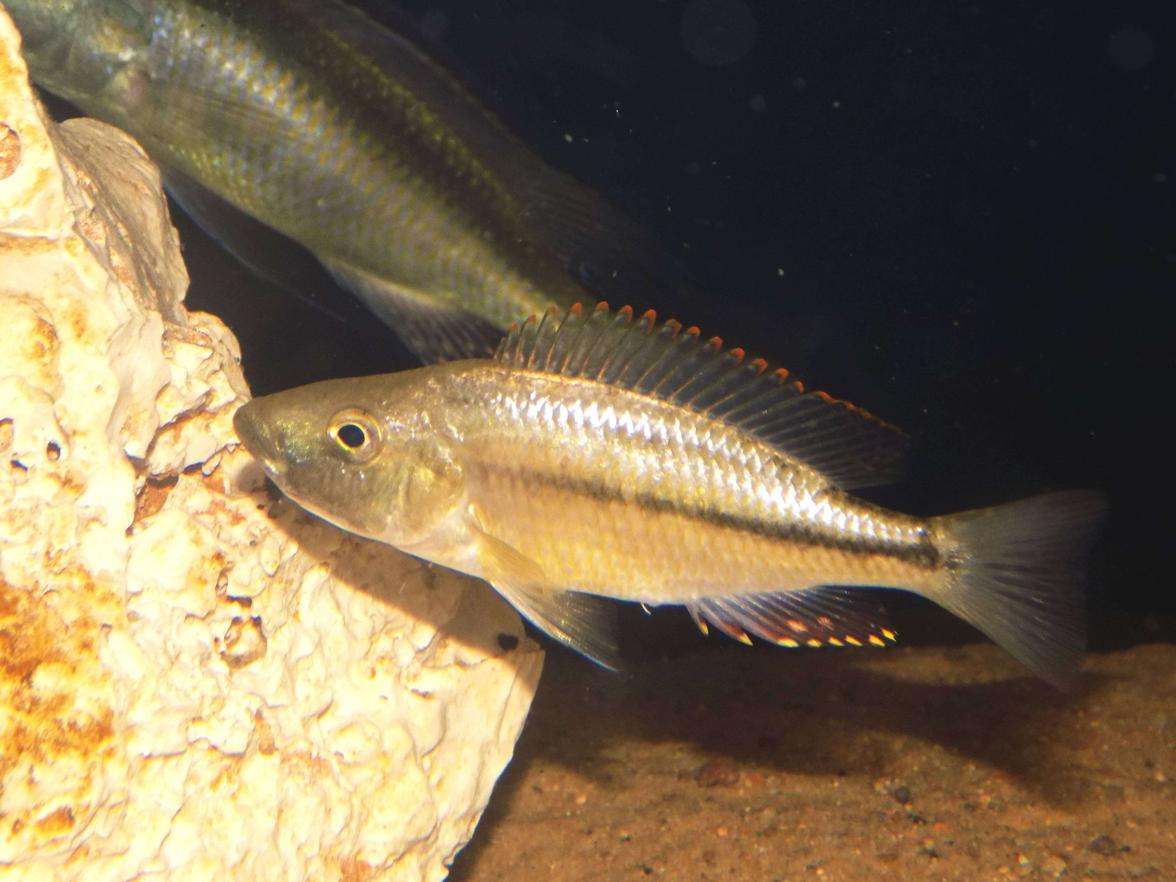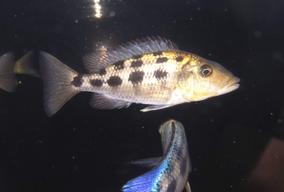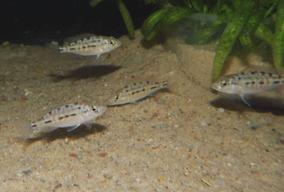The breeding of predatory cichlids from Lake Malawi presents both a challenge and an experience. In the article, you will learn about the species the author has successfully bred, what conditions these fish require, what to feed them, and how to manage their high aggression. The text also includes a practical guide on setting up a suitable tank, a description of breeding, and tips for hassle-free fry rearing.
In this article, I would like to focus on my experiences with keeping predatory fish from Lake Malawi, which are relatively rare in Czech waters, apart from a few species. Despite the specifics of their breeding, which differ from the breeding of other fish from Lake Malawi, they certainly deserve attention. Due to their aggressiveness and size, they will probably never be common aquarium fish, but if someone decides to keep them, they will be rewarded with beautiful colors.
Predators are found throughout Lake Malawi, and fish from different locations usually do not differ significantly in appearance. Adult fish are mostly solitary and swim freely in the lake searching for food. Males during the breeding season often build sand craters that can be over a meter in diameter and attract females for spawning. Females then incubate the eggs in their buccal cavity for 3-4 weeks. After this period, they release fully independent fry.
Breeding in an aquarium:
I have been eyeing these interesting fish for quite a long time before I decided to acquire them. Although these fish are generally very poorly available, I managed to obtain the following species: Buccochromis rhoadesii, Champsochromis caeruleus, and Tyrannochromis nigriventer South. I supplemented them with more common species Dimidiochromis strigatus and Nimbochromis venustus. And as the last species, I chose Fossorochromis rostratus which, although not a predator, fits very well with the predators due to its size. I bought most of the fish as juveniles, which I placed in an aquarium measuring 150x60x65 cm. After the fish reached about 15 cm, I moved them to larger aquariums.
As a fundamental specificity of breeding, I see a really high intraspecific aggression. It is necessary to keep a group with at least 6-10 males with a group of females or just one male and a group of females. With a small number of males, one strongest male will eliminate the other males in the aquarium within a short time. Interspecific aggression in these fish is not very high outside of the breeding season, so it is possible to combine different species in the aquarium without problems. Most predators grow to 25-40 cm, and because they are active swimmers, they require really spacious tanks. Moreover, these fish produce large amounts of waste, so strong filtration is essential.
For breeding, I arranged two identical tanks of 250x80x60 cm, where 1/10 of the tank was occupied by a filtration compartment filled with medium-grained bioactive material. Initially, I powered the compartment with air, but later, as the fish grew and the amount of waste increased, I switched to two pumps, each with a capacity of 1200 l/h. To limit intraspecific aggression, I always had one male of each species with a group of females in one tank and solitary males in the second tank. This way, the breeding was relatively calm. In case any male decided to spawn (which happened quite often), he was able to clear 1/3 of the tank from the other fish and lure females into it. I defined space for the other fish in the aquarium with large stones and a clump of Cryptocoryne aponogetifolia. After spawning, females easily carried the fry, and when I decided to shake out the fry, it was usually around 100 pieces per spawn for most species. For feeding, I used artemia nauplii and fine plankton. Depending on the size of the fry, I gradually added frozen artemia, daphnia, mosquito larvae, and mysis. The fry grow very quickly, and their rearing is problem-free.
Breeding predators from Malawi requires, considering their aggression and robustness, an aquarium of at least 1000L (optimally over 1500L). Water temperature around 24-26 °C, nitrate levels ideally below 30mg, and pH 8 and above. For feeding, I most often offered bottom fish, fillet cubes, artemia, daphnia, mosquito larvae, daphnia, mysis, and high-quality granulated food. I recommend water changes ideally at weekly intervals with a volume of half the tank.
If the breeder has a sufficiently spacious tank equipped with strong filtration, then keeping these fish is almost problem-free. Adult fish stand out with vibrant colors and, due to their size, are unmistakable dominants in the aquarium.
